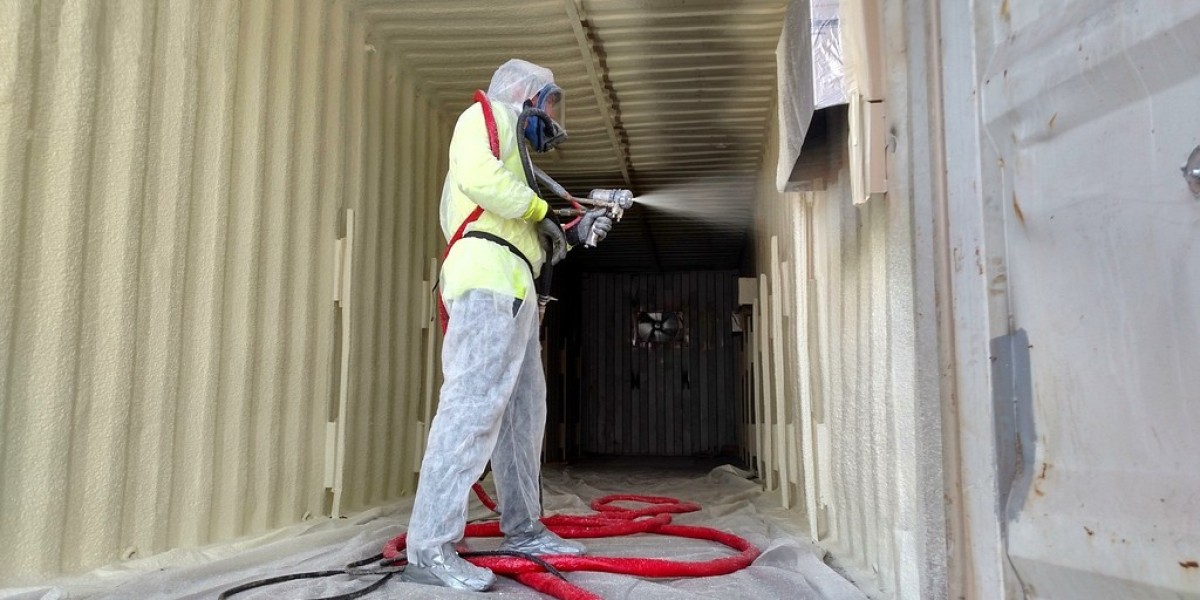Temperature fluctuations in metal buildings can be effectively controlled by integrating multiple strategies such as robust insulation systems, proper ventilation mechanisms, reflective coatings, thermal breaks, and efficient HVAC setups. These elements collectively help manage heat transfer, minimize condensation risks, and create a stable, comfortable interior environment year-round. Addressing temperature control proactively not only enhances comfort but also significantly improves energy efficiency, reduces maintenance costs, and extends the building’s structural longevity.
This comprehensive article delivers an in-depth guide to proven methods for managing temperature swings in metal buildings, integrating technical data, material comparisons, and actionable advice to empower better decision-making.
Methods to Control Temperature Fluctuations
Insulation Solutions
Insulation forms the core of temperature control by creating a barrier against thermal transfer. Different materials offer varying levels of thermal resistance (R-value), moisture control, and long-term durability.
Comparison Table of Insulation Types
Insulation Type | R-Value per Inch | Durability | Cost Level | Best Use Case |
Spray Foam | 6.5 | High | High | Sealing gaps, high insulation |
Fiberglass Batts | 3.2 | Moderate | Low | Cost-effective large areas |
Rigid Foam Panels | 5.0 | Very High | Medium | Walls, ceilings, floors |
Reflective Barriers | N/A (Reflectivity) | Very High | Low | Hot climates, radiant heat block |
Bonus Tip: Combining fiberglass batts with spray foam can optimize both cost-efficiency and performance in complex building layouts.
Ventilation Strategies
Ventilation is vital for regulating air exchange, preventing heat accumulation, and reducing indoor humidity levels. Proper ventilation systems can significantly cut down on the need for mechanical cooling.
Natural Ventilation: Incorporates passive elements like ridge vents, eave vents, and strategically placed louvers.
Mechanical Ventilation: Employs active systems like exhaust fans, intake fans, and integrated HVAC-driven air circulation.
Technical Specifications for Ventilation Methods
Ventilation Type | Airflow Rate (CFM) | Best Application | Pros |
Ridge Vents | Passive | Roof peaks, continuous systems | No energy use, low maintenance |
Exhaust Fans | 500–2,000 CFM | Larger, enclosed areas | High-volume air movement |
Louvers | Passive | Walls, doors | Simple, low cost |
HVAC-integrated Air Exchange | Adjustable | Full building systems | Controlled, year-round |
Bonus Tip: Integrate smart ventilation systems that adapt airflow based on humidity and temperature sensors.
Reflective Coatings and Paints
Reflective coatings act as a frontline defense against solar radiation by bouncing back a large percentage of infrared and UV light, thus reducing heat absorption.
Types: Elastomeric coatings, ceramic-infused reflective paints, and cool roof systems.
Performance Metrics: Properly applied coatings can lower surface temperatures by up to 50°F, substantially reducing cooling loads inside the structure.
Technical Performance Table for Reflective Coatings
Coating Type | Reflectivity (%) | Lifespan (Years) | Ideal Conditions |
Elastomeric Coating | 70% | 10–15 | Roof surfaces, UV exposure |
Ceramic-Infused Paint | 85% | 15–20 | Walls, roofs, high solar areas |
Bonus Tip: Choose coatings certified by Energy Star or Cool Roof Rating Council (CRRC) for guaranteed performance.
Thermal Breaks
Thermal breaks interrupt the direct conductive path of heat between a building's exterior and interior, thus reducing energy losses.
Materials Used: High-performance rigid foams, thermal bridging tapes, and specialized insulating fasteners.
Application Areas: Structural joints, metal panel connections, window frames, and door assemblies.
HVAC System Integration
Installing a well-designed HVAC system complements passive strategies by actively managing internal temperatures.
System Options: Ductless mini-split systems for zoned control, packaged rooftop units for large spans, and central ducted systems for integrated temperature management.
Selection Criteria: Pay attention to sizing requirements, Seasonal Energy Efficiency Ratio (SEER) ratings, and the building’s zoning layout.
Technical Specs Table for HVAC Systems
System Type | Efficiency (SEER Rating) | Capacity (BTU/hr) | Best Fit Building Size |
Mini-Split System | 16–24 | 9,000–42,000 | Small to medium |
Rooftop Unit | 13–20 | 45,000–150,000 | Large commercial |
Central Ducted HVAC | 14–19 | 30,000–100,000 | Multi-zone temperature control |
Bonus Tip: Install programmable thermostats and smart HVAC controllers to optimize energy usage based on occupancy patterns.
Things to Consider Before Making a Decision
Climate Zone: Evaluate local weather patterns, temperature ranges, and seasonal humidity to match insulation and HVAC design appropriately.
Building Usage: Different functions such as warehousing, manufacturing, or office use influence internal heat loads and comfort expectations.
Budget Constraints: Weigh upfront installation costs against potential long-term energy savings and maintenance requirements.
Energy Codes: Compliance with local energy efficiency codes (like IECC or ASHRAE standards) is often mandatory and impacts system choices.
Maintenance Commitment: Reflective coatings, HVAC filters, and ventilation systems require routine inspection and servicing to sustain performance.
Future Expansion Plans: Design flexibility into systems to accommodate future load increases without complete system overhauls.
Common Questions About Controlling Temperature in Metal Buildings
How does insulation type impact temperature control?
Selecting the right insulation determines the building’s thermal resistance, directly impacting how quickly it loses or gains heat. High R-value materials better regulate internal temperatures and minimize HVAC demands.
Can ventilation alone manage temperature swings?
Ventilation assists by expelling excess heat and moisture but cannot independently maintain ideal indoor temperatures without complementary insulation and, in some cases, active cooling systems.
Are reflective coatings effective in cold climates?
Reflective coatings primarily mitigate solar heat gain, benefiting hot climates most. However, in mixed or cold climates, coatings can prevent rapid surface cooling, indirectly reducing internal condensation risks.
What role do thermal breaks play?
Thermal breaks block conductive heat loss through metal elements, making a significant difference in maintaining stable interior conditions, particularly during temperature extremes.
How often should HVAC systems be maintained?
Routine professional inspections every six months help identify potential issues early, ensuring optimal energy efficiency and extending the HVAC system’s operational lifespan.
How to Control Temperature Fluctuations in Metal Buildings FAQ
What is the best insulation for a metal building?
Spray foam insulation generally provides the best performance due to its superior R-value, moisture resistance, and ability to seal gaps effectively.
How can I naturally ventilate a metal building?
Incorporate ridge vents, sidewall louvers, and strategically placed exhaust openings to create a passive airflow system without the need for mechanical fans.
Is it necessary to use both insulation and ventilation?
Yes, integrating both is critical. Insulation minimizes unwanted heat transfer, while ventilation manages air quality and humidity, together ensuring consistent indoor conditions.
How do reflective coatings impact energy bills?
By reducing the building’s thermal load, reflective coatings can lower cooling costs by as much as 30% during peak summer months, delivering a quick return on investment.
Can temperature control upgrades qualify for tax credits?
Energy-efficient improvements like high-performance insulation, reflective coatings, and certain HVAC systems may qualify for local, state, or federal tax incentives, promoting better affordability.
Make the Right Decision
Achieving effective temperature control in metal buildings requires a comprehensive, integrated strategy. Prioritize combining high-performance insulation, reflective surfaces, active ventilation, and efficient HVAC systems tailored to your specific building usage and climate zone. Assess current and future operational needs, align solutions with energy code requirements, and consider maintenance capabilities to optimize both comfort and operational efficiency. Thoughtful planning and timely upgrades will ensure a durable, energy-efficient environment that supports productivity and long-term savings.










